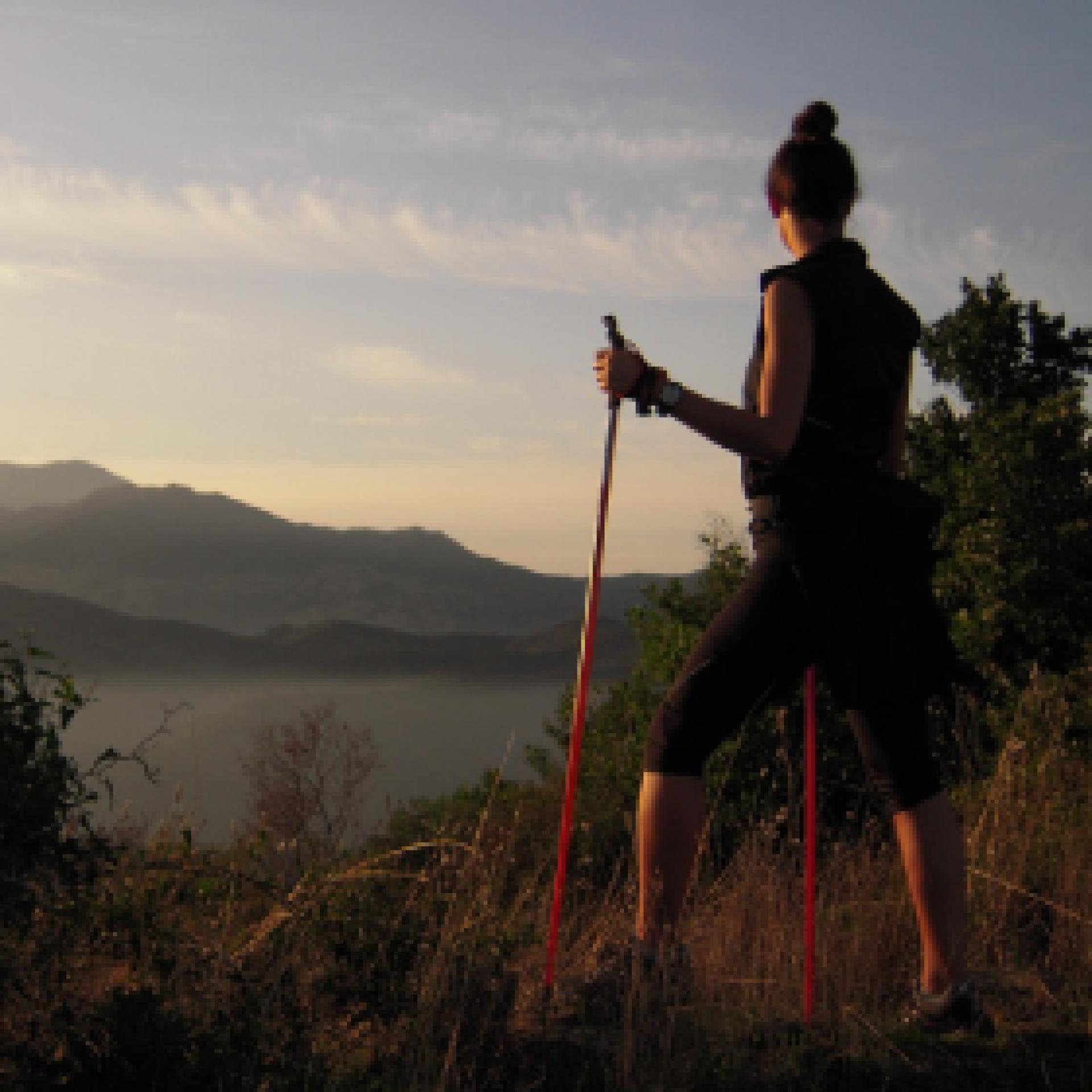Sorgono, l’altopiano dei Nuraghes. Tra storia e natura
Accesso
Si percorre la SS 128 che costituisce la via principale del centro abitato di Sorgono. All’altezza della Cantina Sociale del Mandrolisai, sul lato opposto della strada, si individuano i cartelli in legno che indicano alcuni siti archeologici. Si percorre quindi la Via Emilia, prendendo poi a sinistra ad un grosso bivio dove si incontra un altro cartello che indica “Sentiero Escursionistico”.
Si prosegue su strada asfaltata per circa 4 km, fino ad incontrare, sulla destra, il cartello che indica il nuraghe Lò.
Qui si posteggia.
Nuraghe Lò
Si prende a destra in salita per una stradina bianca, immersi nel bosco di querce. Dopo un breve tratto, sulla sinistra, spicca la bella torre nuragica, costruita su uno spuntone roccioso e posto in posizione rilevata. La pianta del monumento è leggermente ellittica ed ha la particolarità di possedere una finestra architravata, posta al termine di un corridoio leggermente curvo che si trova in posizione speculare rispetto all’entrata.
Santu Loisu
Si ridiscende alla strada asfaltata, incontrando in breve un cartello che segna l’ingresso del cantiere forestale che ospita anche un bel vivaio. Si è in località Santu Loisu e si entra in un terreno alla sinistra della strada, dove si trovano due edifici appartenenti ad una colonia montana ed una sorgente. Sulla destra, un piccolo sentierino porta alle Domus de Janas di Santu Loisu, costituite da due piccole celle all’altezza del terreno ed immerse in un bel bosco. Si ritorna alla strada asfaltata, proseguendo per poche centinaia di metri fino ad incontrare una impercettibile curva a sinistra. Sulla sinistra della strada, immersa nel bosco, si trova la bella torre di Nuraghe Bardacolo, posta in posizione dominante. Anche se svettata, dalla sua cima si gode di un ampio panorama.
Nuraghe Orrubiu
Si riprende ancora sulla strada principale che va a sterrarsi, ora leggermente in discesa. Sulla destra della strada, dopo un lungo tratto nel bel querceto. Poco prima di una cabina di trasformazione elettrica si incontra il segnale per Nuraghe Orrubiu, sulla destra. Il bel mono-torre è leggermente rilevato su un campo arato e deve il suo nome ai muschi rossicci che ne hanno colonizzato le belle pietre granitiche. Continuando sulla strada principale si incontra un’altra indicazione, sempre sulla destra, che permetterebbe di visitare una tomba dei giganti.
S’Incodine
A sinistra della strada, prima di tornare indietro, si incontra uno scalandrino che permette di accedere a un vasto pascolo. Alle sue spalle, presso un risalto roccioso, si trova il monumento noto come S’Incodine, per la sua forma caratteristica. Non lontane, ma di difficile reperimento, si trovano le Domus de Janas di Perdonigheddu ed il nuraghe Cherbos. Si ritorna all’auto per la strada seguita all’andata
- Log in to post comments

